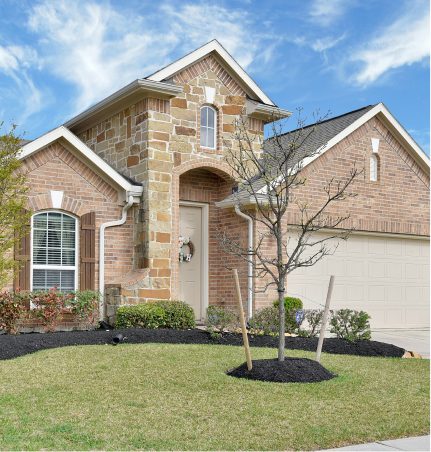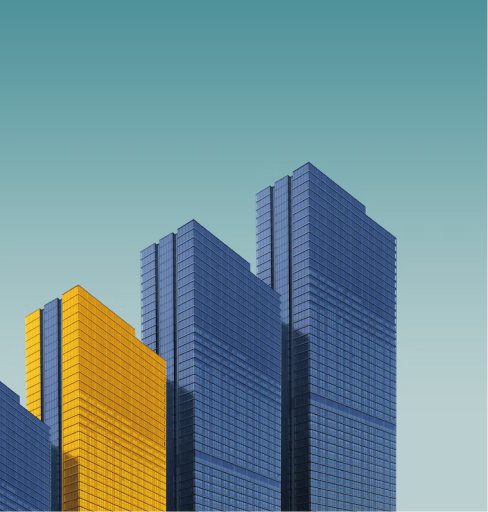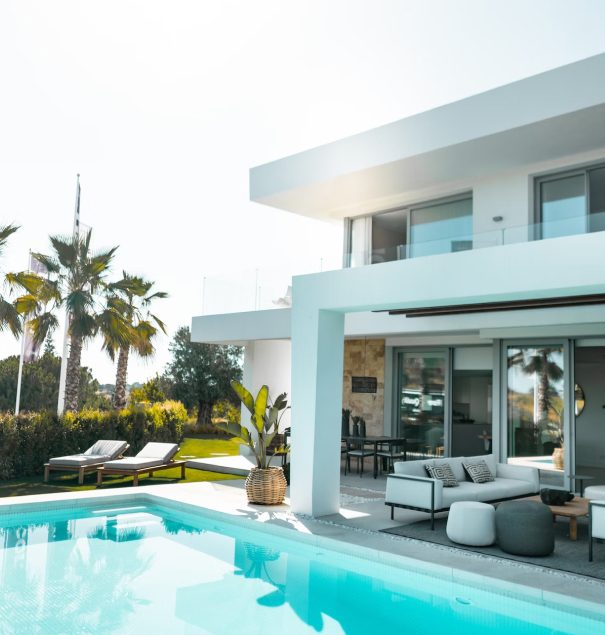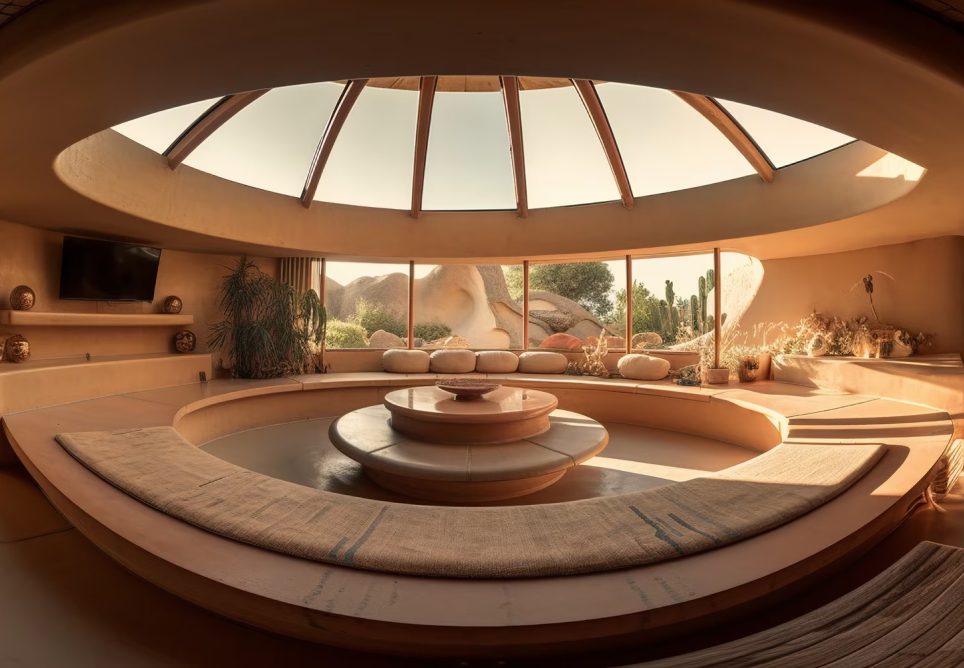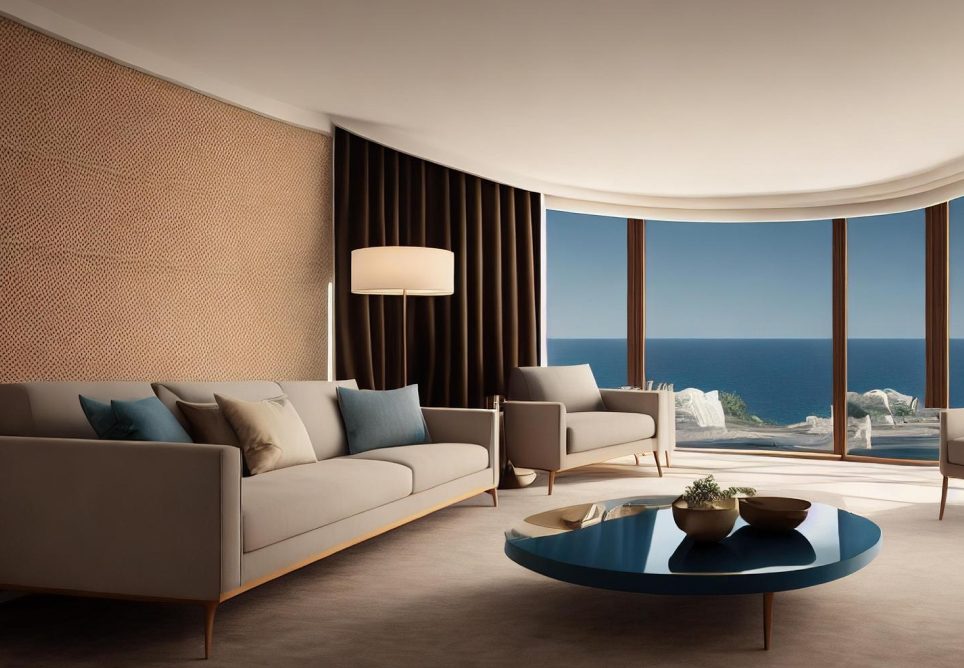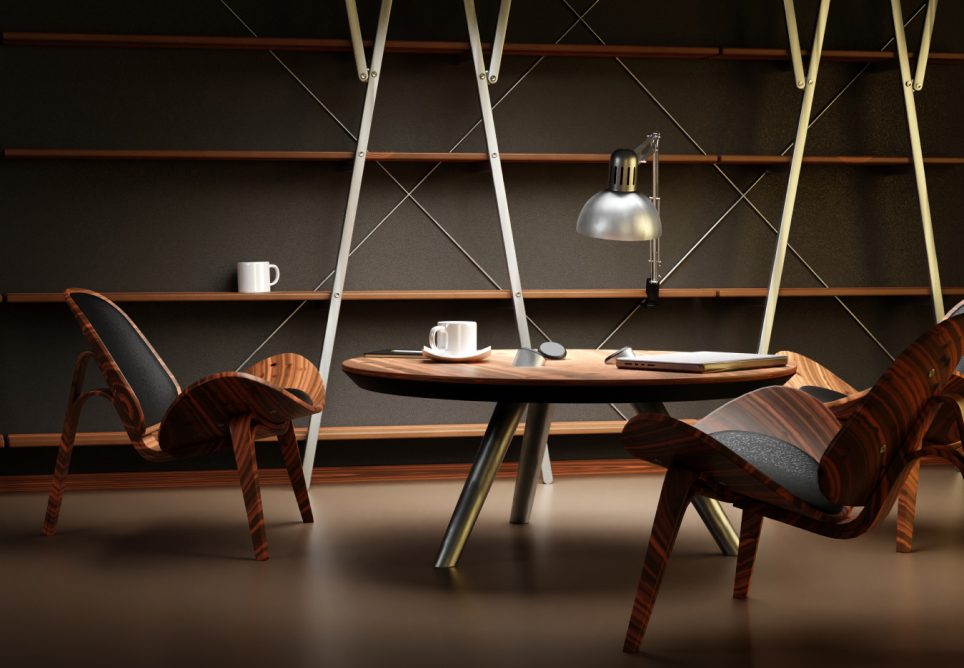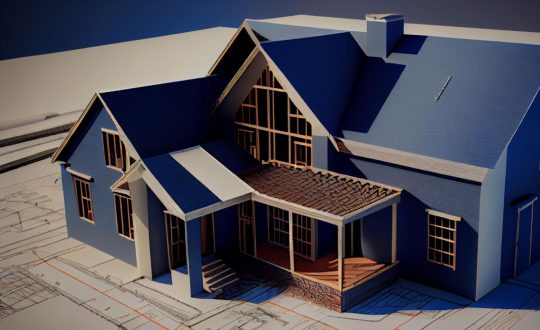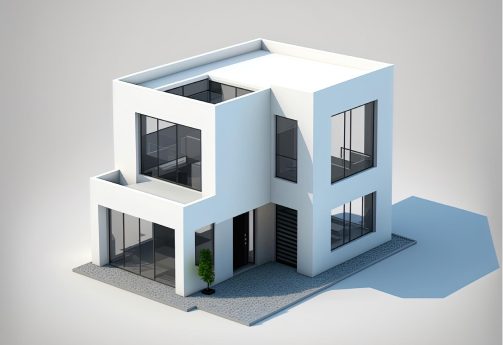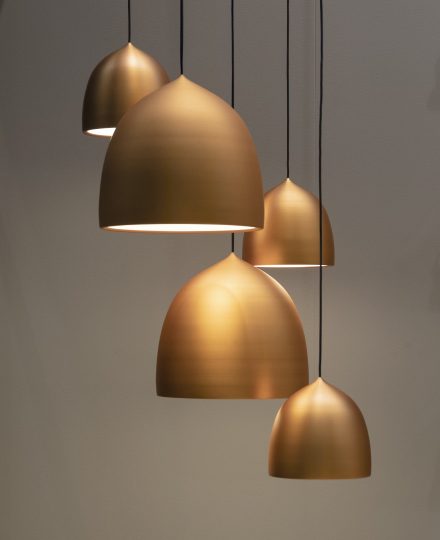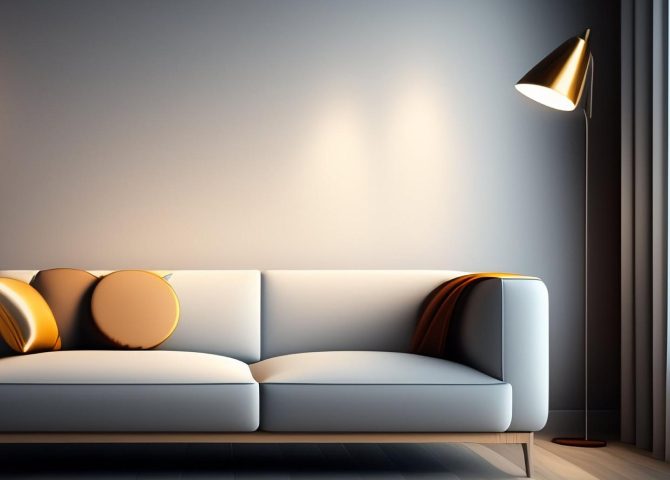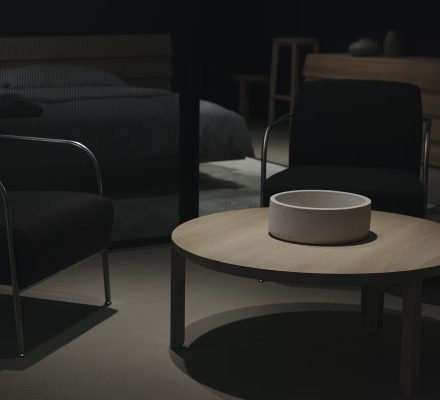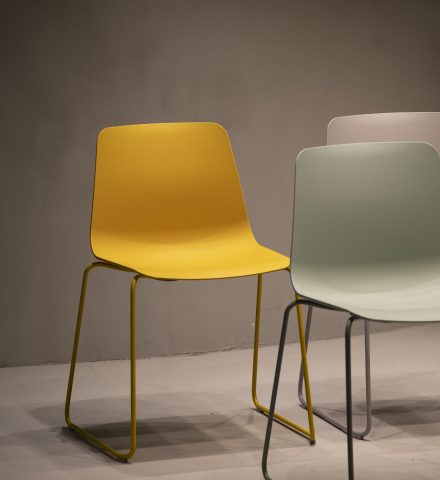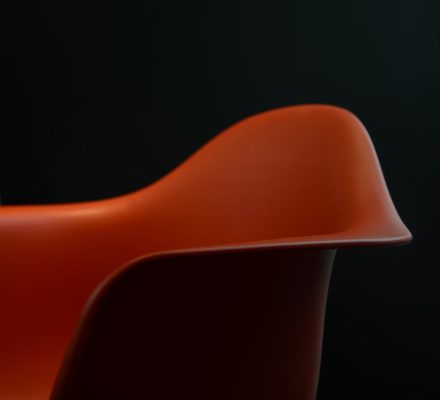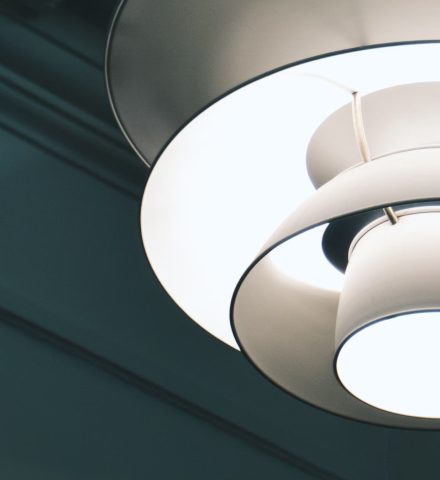The boundary between public and private space is not fixed—it is fluid. Contemporary design calls for transparency, openness, and flow. Entryways become transitions, not separations. Courtyards, shared terraces, and semi-public zones invite interaction without losing privacy. How we shape thresholds defines how people connect with space—and with each other.
Architecture has a responsibility to mediate those interactions thoughtfully. Whether it’s a quiet bench in a courtyard or the curve of a facade that invites movement, details matter. Form is not just visual—it’s emotional, spatial, and cultural. Good design elevates the ordinary into something human-centered and lasting.
Architecture should speak of its time and place, but yearn for timelessness
Responsive architecture goes beyond form. It accounts for climate, movement, and social rhythm. Urban living thrives when people feel both protected and connected. A front porch can be a civic gesture; a window, a frame for life unfolding outside. Design choices must prioritize wellness, light, and a sense of place.
Design is not static. It responds to people, climate, and community. Structures should evolve with those they serve. Movement through space—how a person walks, pauses, turns—should be intuitive. These moments of navigation define the success of design.
Living Interfaces
Architecture lives in the in-between: the space between buildings, between materials, between people. These transitions shape how places are experienced. It’s not enough to build beautiful forms—they must work in rhythm with everyday use.
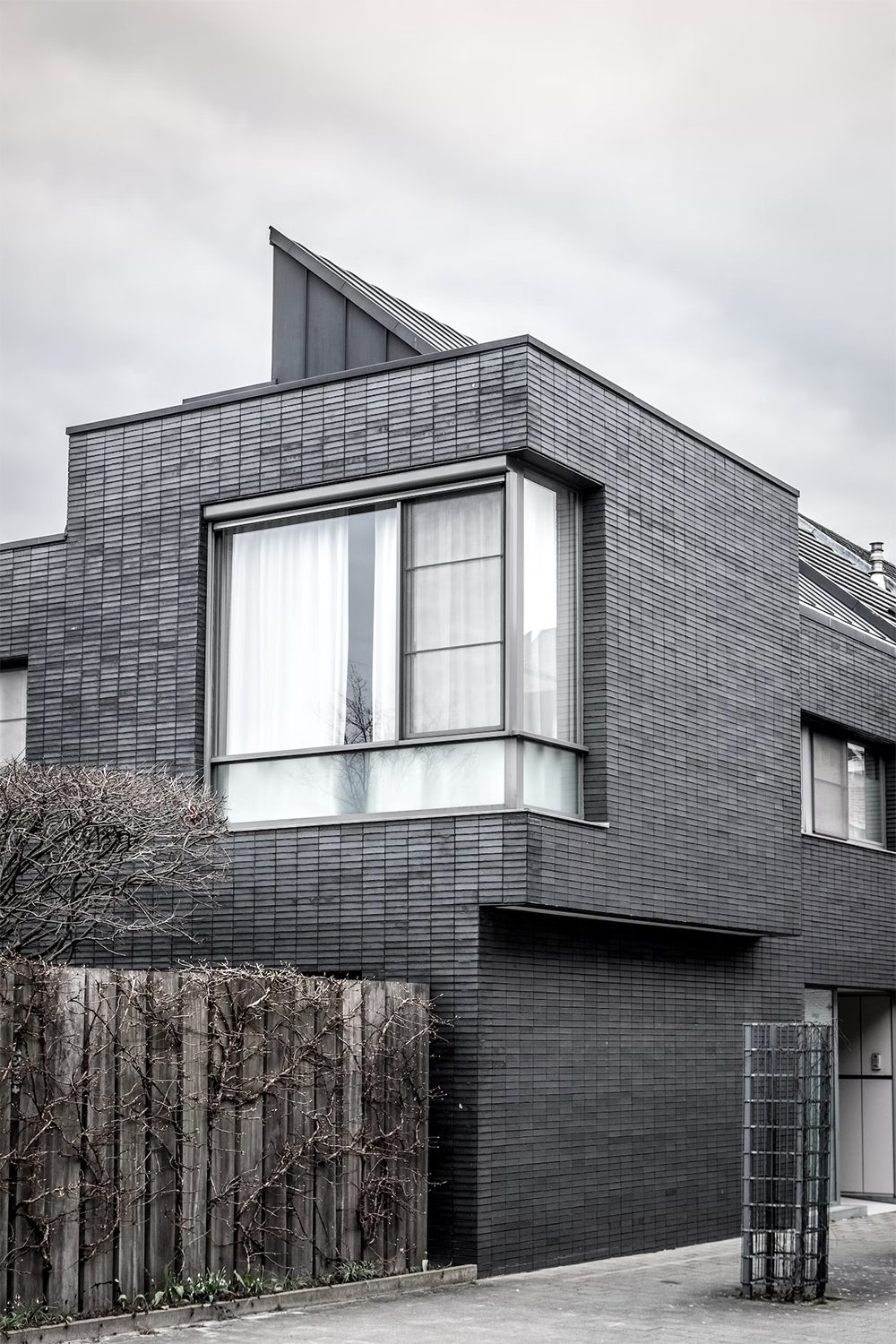
Designing responsive thresholds—between street and home, plaza and building—creates more humane environments. Scale, proportion, and material all affect how these zones perform. When transitions are thoughtful, the city becomes more livable.
Let spaces breathe. Let them connect. That’s where meaning lives.


